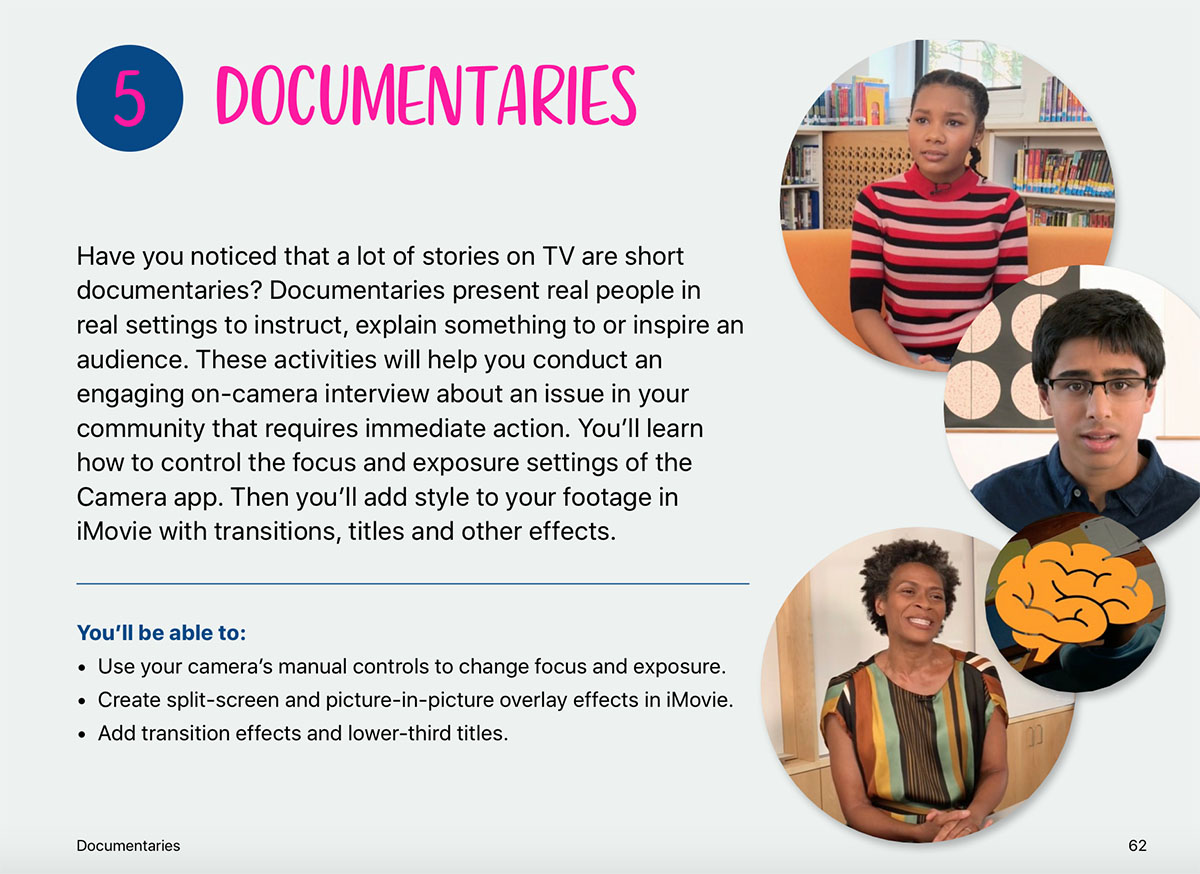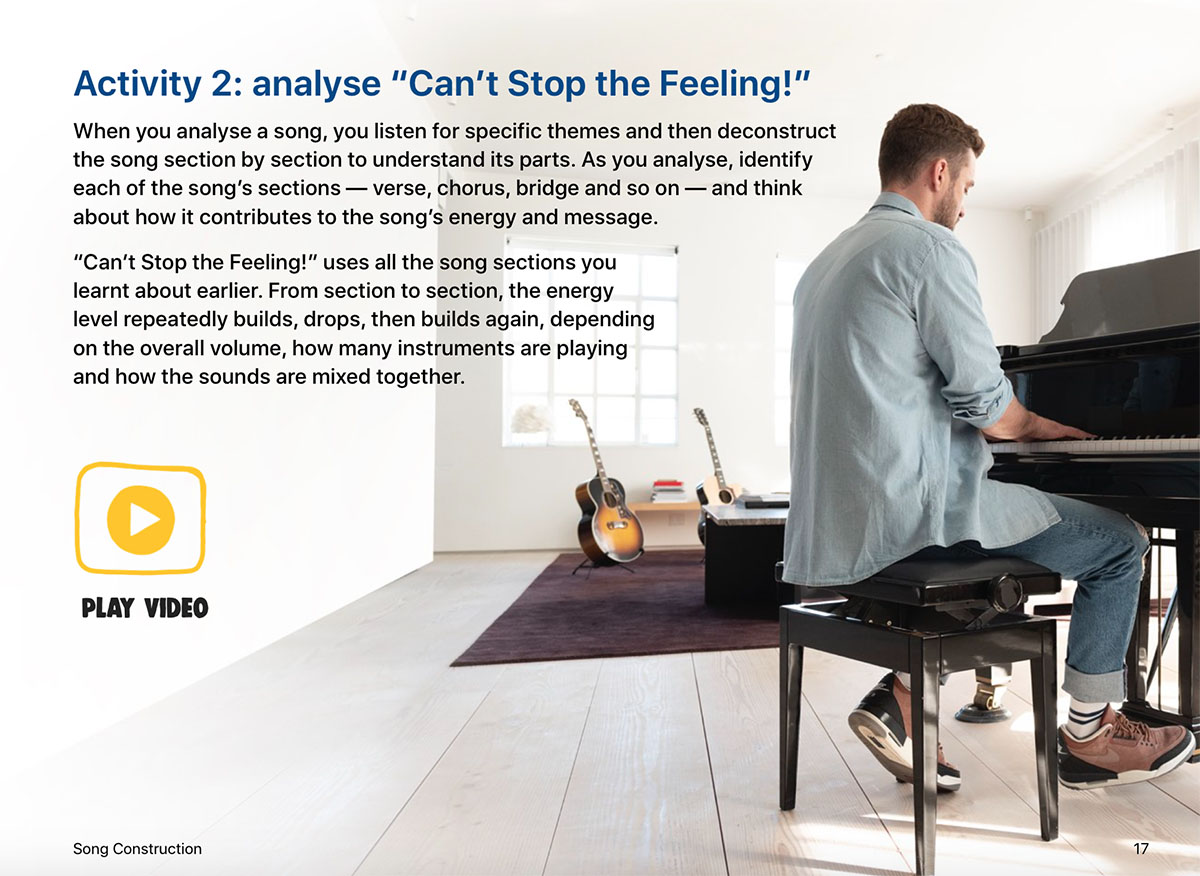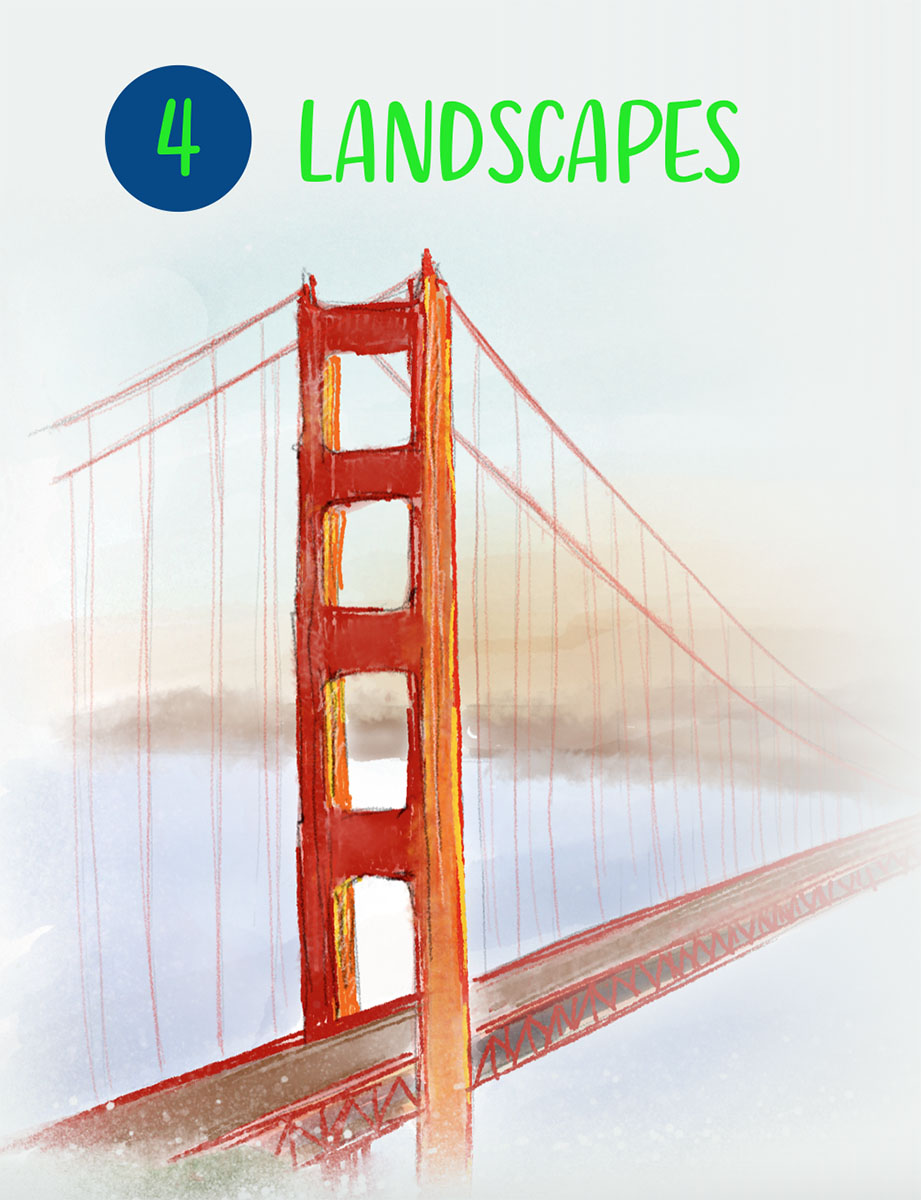How does Apple’s latest Educational Resource relate to your Classroom?
Apple have always had a very real dedication to education. Over the years, this has manifested itself in many ways. From apps to entire training schemes like ‘Apple Teacher’, they have proved time and time again that they are willing to create useful resources for pupils and teachers alike. What’s more, they are all free!

‘Everyone Can Create’ is no exception to the rule. In fact, I would say that it’s one of the most useful educational gifts that Apple have ever produced. Found in the Apple Books Store, ‘Everyone Can Create’ is a series of publications that focus on four areas of creativity (Video, Photography, Music and Drawing) along with a Teacher Guide. Essentially, these are four schemes of ‘app centric’ work that you can embed into your planning with little to no work needed. You follow the ‘Teacher Guide’ and the children follow the four individual Apple Books on each subject. Simple!
The best thing about ‘Everyone Can Create’, in my opinion, is that the four areas of creativity are extremely broad. Therefore, it’s easy to magpie bits and pieces. You can sprinkle a bit of the videoing lesson guide into a science topic or drop some of the music lessons into History. Alternatively, you can follow the guides exactly how they are; it’s entirely up to you.
In this blog, I am going to examine the four main areas in a bit more detail, and focus in on the most relevant or useful elements of the Apple Books…
Video
Out of the four areas of Creativity, the scheme of work around video is perhaps the most cross-curricular. Unsurprisingly, the lesson plans mainly utilise two Apple Apps (iMovie and Clips). The ‘Clips’ app is relatively new and provides an easy platform to create short movies. Therefore, it’s a great place to start as it requires nearly no explanation. iMovie is more complex, offering a nice stepping stone of progression. Most of the units of work have very open titles such as ‘Silent Movies’, ‘Tutorials’, ‘Documentaries’ and ‘Mobile Reports’. The beauty of this broadness is that you can focus the content of each unit on whatever you like. Your ‘Silent Movies’ can be based on ‘We’re Going On a Bear Hunt’. Your ‘Documentaries’ could be about World War Two. Whatever you’re studying, these guides enable you to inject your own specific learning topics into the framework of the lessons.
Music
Music can be a tricky subject to teach. Some teachers feel that they haven’t got the skills or the knowhow to effectively plan it into the week. Some schools don’t have the musical resources. Some have got thin walls and let’s face it, Music is an inherently loud subject. What I like about the Music scheme in ‘Everyone Can Create’ is that it offers simple step-by-step lessons that need only one resource (an iPad with GarageBand on it). Add some headphones on to that list of resources and you’ve got a very quiet music lesson. More importantly though, the schemes are extremely relevant and exciting. The ‘Can’t Stop the Feeling’ project sees children creating and re-working the aforementioned song with an introductory video from Justin Timberlake himself. How many teachers can say that Justin Timberlake is planned into their starter on Monday morning? It’s true that the projects are arguably more ‘stand alone’ than the video schemes. However, there is room for cross-curricular learning, especially when it comes to the unit entitled ‘Writing and Recording Lyrics’. This one project can really add something special to a poetry lesson plan.
Drawing
For some, Art lessons can be as scary to teach as Music. I for one would never consider myself an artist. However, like the Music scheme, the Drawing iBook can hold your hand through an entire unit of Art work. ‘Drawing’ mainly uses the ‘Tayasui Sketches School’ app which is a great free app to have downloaded in general. However, the guides do not specify that you have to stick to digital drawing. With the camera on the iPad, you can easily take a physical piece of art and add digital elements. This is one way that the iBook suggests that you can augment or take any art project one step further. I think, however, that the best thing about these projects is that some of them have real scope. They can take as long as you would like them to take. For example, the ‘Landscapes’ lesson guides can easily be attached to a learning topic of your choice. If you’re studying the Egyptians, you could have the children sketching the Pyramids. Furthermore, they could pick up and carry on with their sketching at any point (if they’re lucky enough to have access to an iPad at all times in school). This really helps to keep the ‘fast finishing’ children engaged and on topic at the end of lessons. On top of that, there are some great cross-curricular opportunities. Maths can make an impact on the ‘Infographic’ and ‘Architectural Design’ projects. The ‘Logos’ and ‘Self Portrait’ guides can be easily linked to PSHE lessons. There is a lot more to draw from in this iBook (pun-intended).
Photo
From the outside looking in, the ‘Photo’ iBook might seem like the least relevant out of the four. In many ways, it is. The National Curriculum doesn’t place as big an emphasis on Photography (especially in KS1 and 2) as they do in the States. That being said, there are plenty of ideas found in the ‘Photo’ iBook that can enrich lessons. For example, the ‘Scenes’ lesson guide can help children to really examine an image. They can edit their photography to make it more spooky, sunny, surreal, comical, dark, distorted etc etc. This attention to detail could then easily be fed into a writing project to encourage descriptive language. The ‘Action’ project tasks children with creating a narrative through a series of images. What starts as a photography objective can then become a story telling lesson. Of course, photography does have a place in the computing curriculum and the guides in this iBook can help an ICT teacher hit every one of those standards. So, like the rest of the ‘Everyone Can Create’ Apple Books you can follow the schemes precisely to tick off a list of standards, or you can pick and choose.
Four areas of creativity with infinite possibilities! I really wasn’t exaggerating. I think this might be one of the best things to come from the Education people at Apple in a long time. Many schools suffer from a subtle and slow depreciation of iPad practice. Planning the technology into lessons is undoubtedly a good thing as long as it’s not just for the sake of planning the technology into your lessons. These guides help teachers to embed the devices in to entire units of work in a meaningful way. And as if they haven’t done enough, the ‘Everyone Can Create’ Teachers Guide comes with a downloadable assessment tracker known as the ‘Rubics’. This Numbers spreadsheet directly correlates with the projects in the Apple Books and lays out an easy way for teachers to track the progress. There really is no excuse. They’ve covered everything and it’s all free!
Apple have a knack with names. They make everything sound cool or they say exactly what something is with one or two words. ‘Pages’ to create documents. ‘Numbers’ to create spreadsheets. In this case, they’ve done it again (admittedly with a few extra characters in there). I really do believe that ‘Everyone Can Create’ something with these guides. I look forward to using them more myself!
Nick Acton
ICT Coordinator
Maldon Court Preparatory School
For pricing call us on 020 8351 5111 or email ku.oc.gnitupmocnacuot@selas




